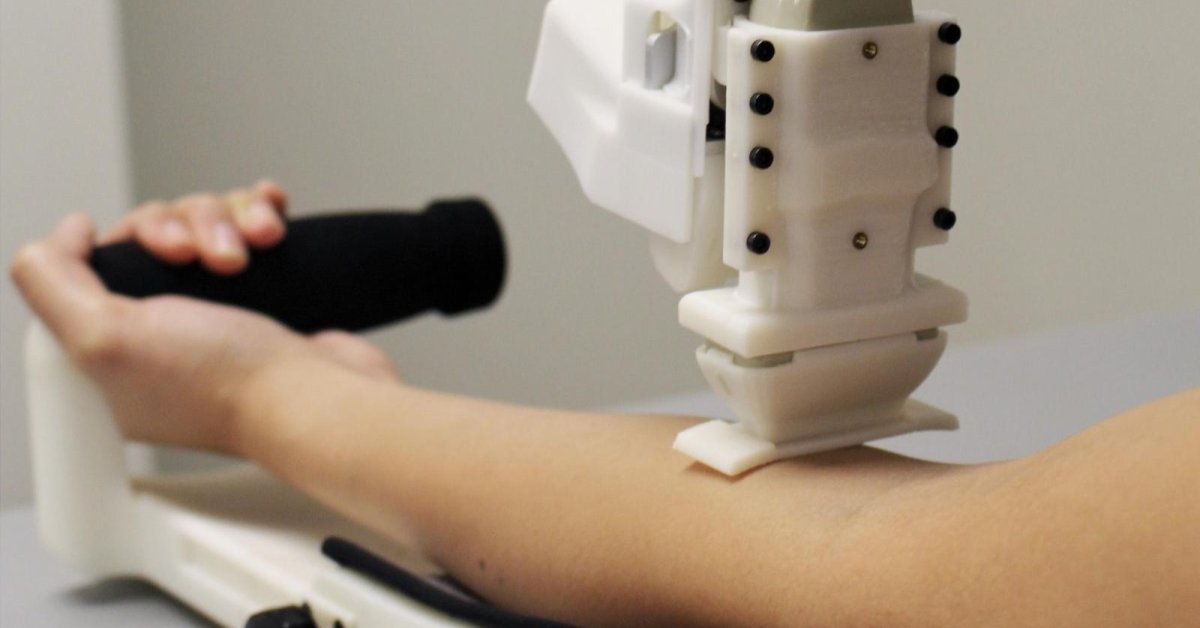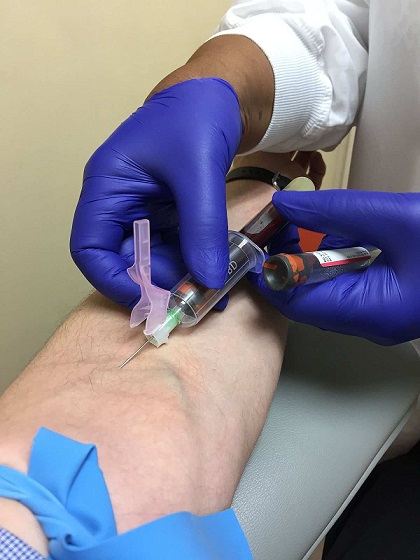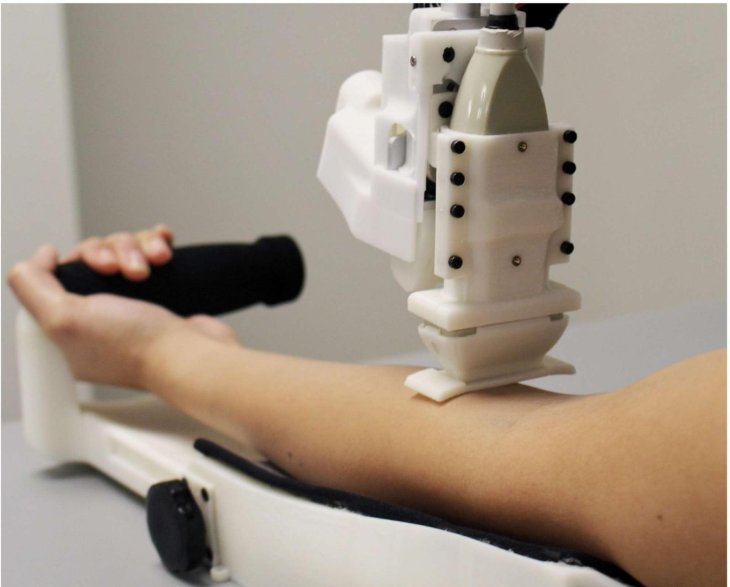This Bloodsucking Robot Is For Medical Procedures Only, Don't Panic
Dhir Acharya - Feb 08, 2020

This bloodsucking robot can locate your veins and draw your blood with as high or higher accuracy than current methods conducted by humans.
- Cafe In Tokyo With Robot Waiters Controlled By Disabled Staff
- Best Robot Vacuums In India To Clean Carpets, Wood Floor And Pet Hair
- AI Is Being Trained To Identify Faces In The Dark Using Thermal Images
Scientists believe that a bloodsucking robot can help you expand your lifespan by drawing your blood at the doctor’s office.
Veinpuncture, or having your blood drawn, is one of the most common medical procedures that happen every day. Though this procedure requires less rigor than various others (heart surgery for example), practitioner error or different patient physiology can result in failed or extended procedures, hence extra costs, especially with patients that have DVA (difficult vein access). So, to improve this process for not only healthcare providers but also patients, researchers have come up with a robot that’s hand-held, ultrasound-guided with the capability of locating veins then drawing blood from patients.

In terms of accuracy and success rate, the research team conducted an experiment with 31 volunteer patients. While 25 of them had normal veins, the other 6 had DVA, which means these six patients had veins that rolled away from the needle or were difficult to locate. The robot could work well with both of the groups as it had an ultrasound probe for identifying blood vessels to insert the needle, an electromagnetic needle loader, as well as manipulator.
In the trials, a physician located the patients’ vein using, then manually positioned the robot over their forearm. Next, the ultrasound probe was used for determining vessel location, this information was then sent to the needle manipulator to ensure the accuracy of the insertion point. Then, the robot inserted the needle and extracted 5 ml of blood from the patient. The study authors write that they would have considered the procedure successful if they could insert the needle, draw the blood in two tries.

According to the study, the overall success rate was 87% for 31 patients and 97% for the 25 patients that didn’t have DVA. For all the patients, the procedure was completed in between 1.5 and 2 minutes. The authors added that the accuracy rate for non-DVA patients was as high as that of clinical results, and the rate for DVA patients was higher than the clinical results.
The first author of the study, Josh Leipheimer, said that these results are promising.

However, there’s still a long way to go as the authors say that most errors were due to blood vessels rolling from the needle. They hope that in the future, they can improve the design of this bloodsucking robot using the ultrasonic probe for predicting when the blood vessel may roll to change the needle’s angle according to the movement.
>>> Robot Is Used To Deliver Food To People In Quarantine Amid The Outbreak Of Coronavirus
Featured Stories

Features - Jul 01, 2025
What Are The Fastest Passenger Vehicles Ever Created?

Features - Jun 25, 2025
Japan Hydrogen Breakthrough: Scientists Crack the Clean Energy Code with...

ICT News - Jun 25, 2025
AI Intimidation Tactics: CEOs Turn Flawed Technology Into Employee Fear Machine

Review - Jun 25, 2025
Windows 11 Problems: Is Microsoft's "Best" OS Actually Getting Worse?

Features - Jun 22, 2025
Telegram Founder Pavel Durov Plans to Split $14 Billion Fortune Among 106 Children

ICT News - Jun 22, 2025
Neuralink Telepathy Chip Enables Quadriplegic Rob Greiner to Control Games with...

Features - Jun 21, 2025
This Over $100 Bottle Has Nothing But Fresh Air Inside

Features - Jun 18, 2025
Best Mobile VPN Apps for Gaming 2025: Complete Guide

Features - Jun 18, 2025
A Math Formula Tells Us How Long Everything Will Live

Features - Jun 16, 2025
Comments
Sort by Newest | Popular